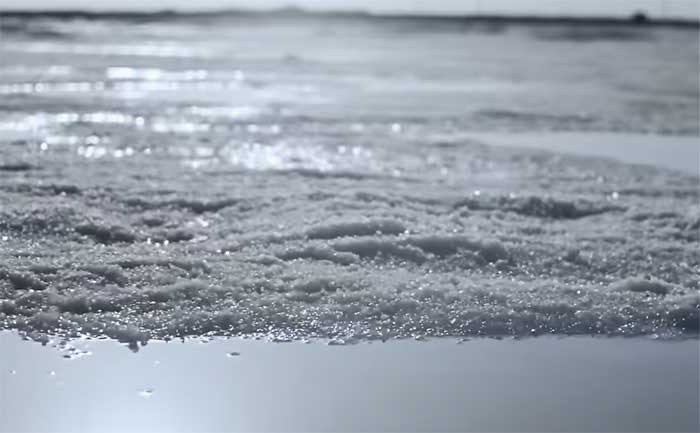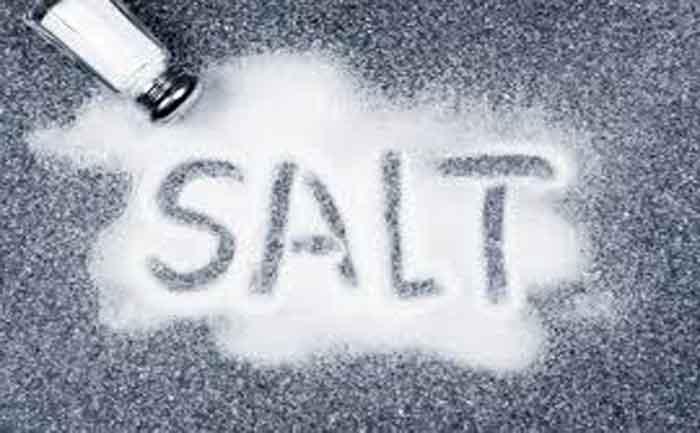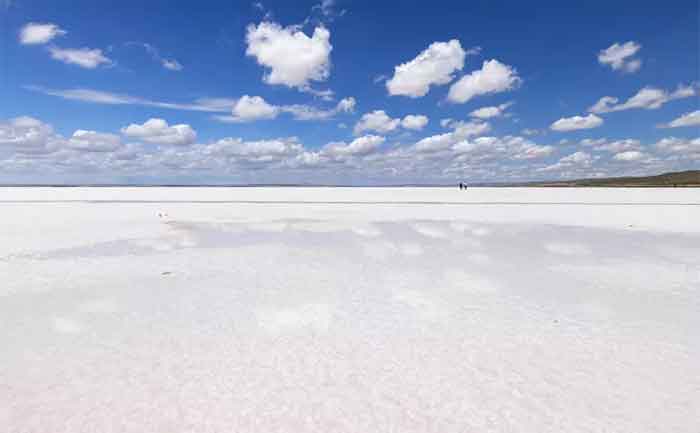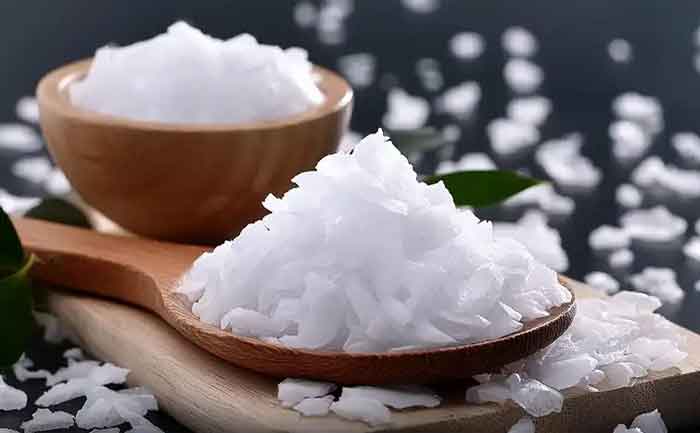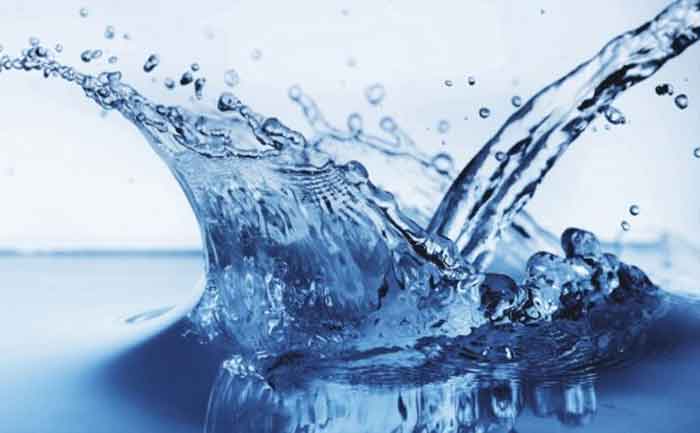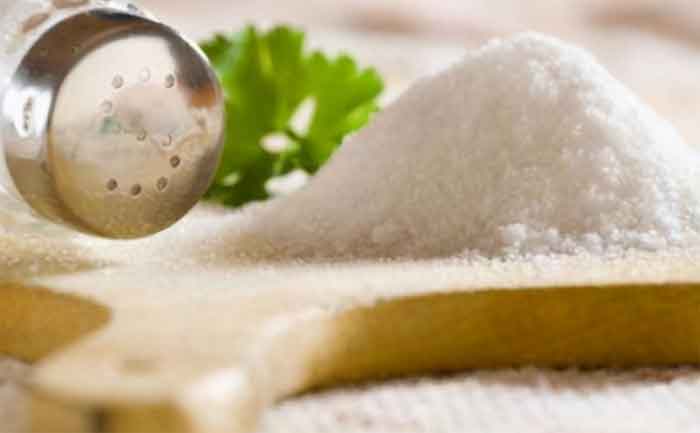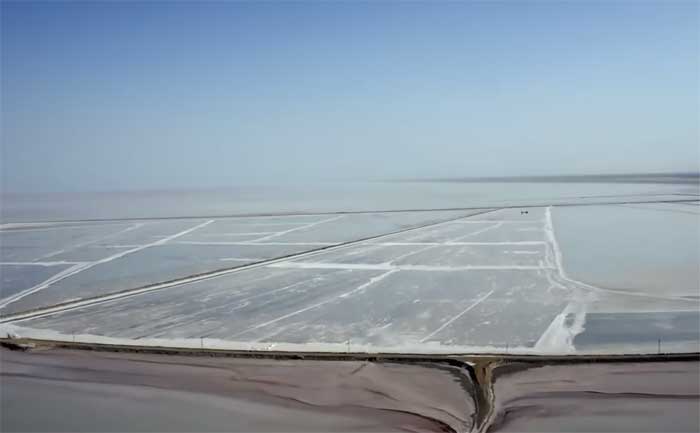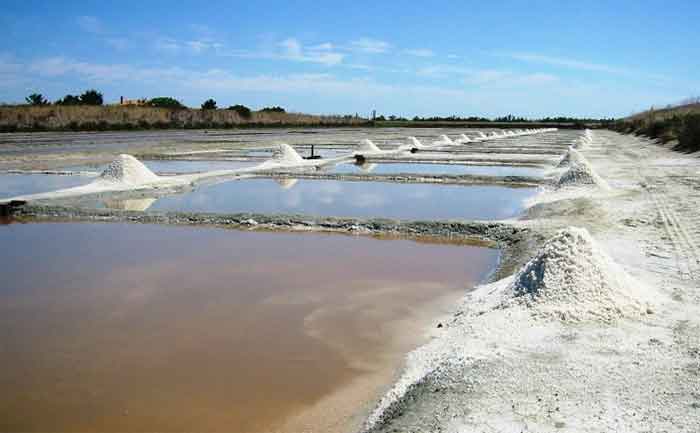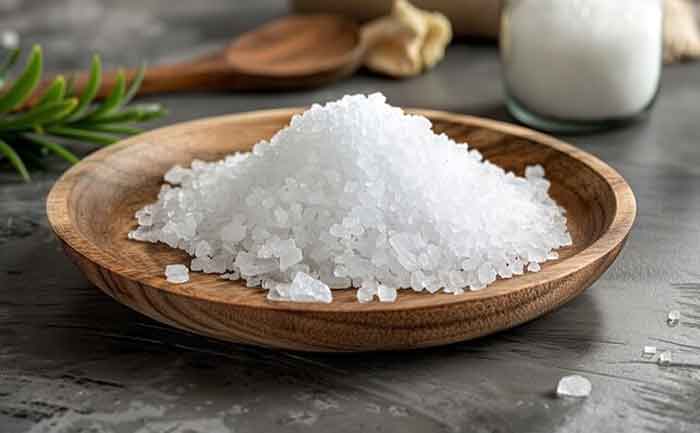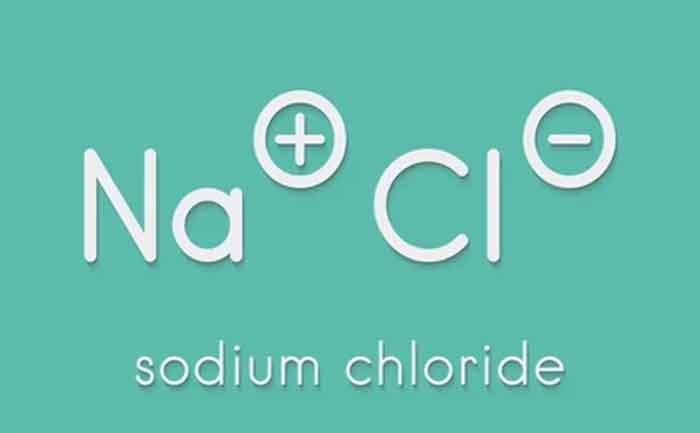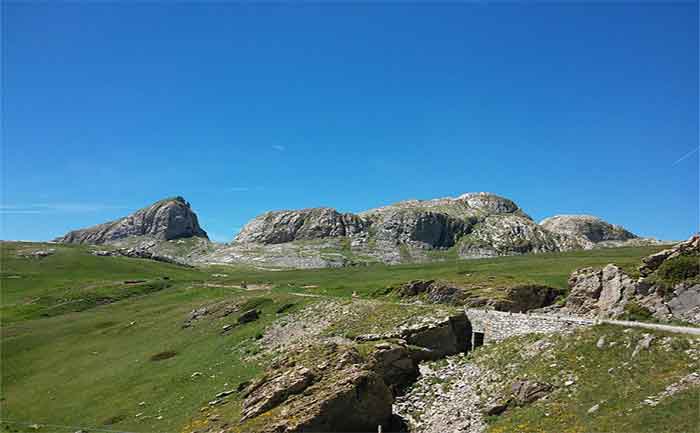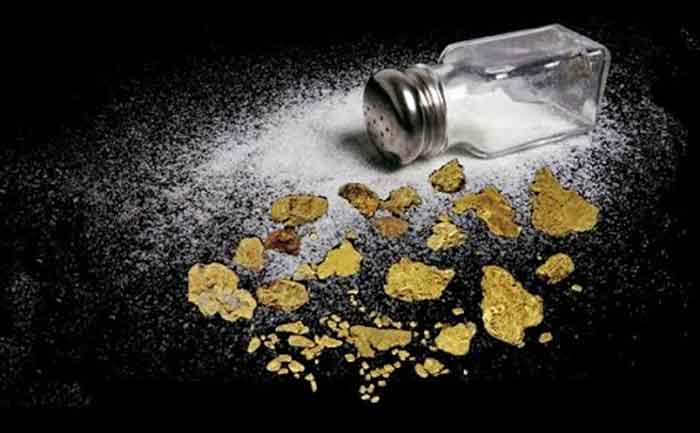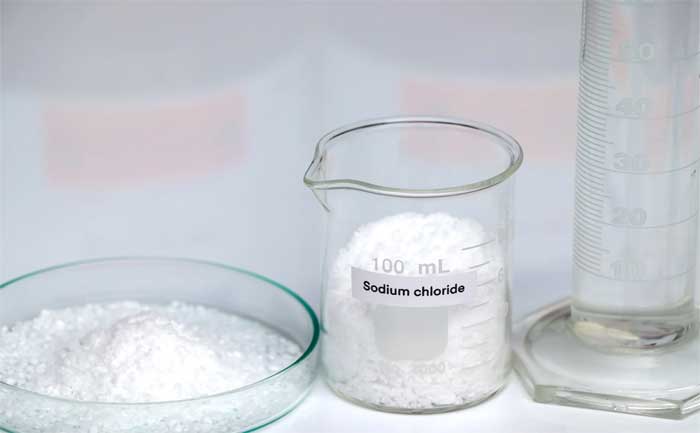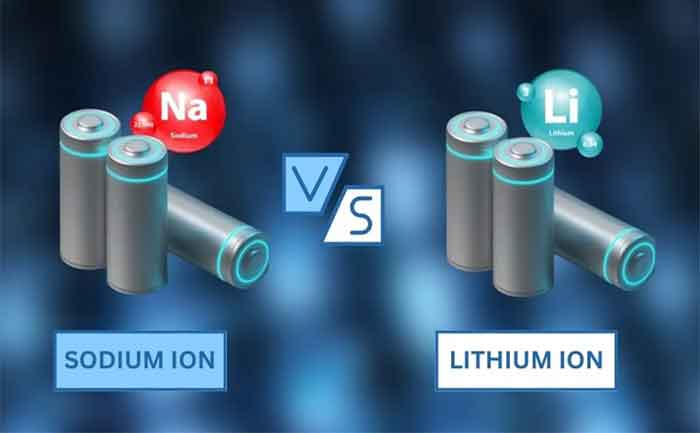Comprehensive Salt Library
Significant topics about Salt
Essential Topics about Salt
Lake Salt Production Steps
Producing salt from a lake is an ancient and sustainable method of salt extraction that harnesses natural processes. This method, known as solar evaporation, has been used for centuries in regions where the climate and geography are conducive to salt formation. Unlike mining or industrial salt production, which often involves significant energy consumption and mechanical processes, lake salt production relies primarily on the sun, wind and time.
What Is Salt?
Salt, or sodium chloride (NaCl), is a naturally occurring mineral composed primarily of sodium (Na) and chlorine (Cl) ions. It’s an essential nutrient for human health and is commonly used as a seasoning and preservative in food. Salt is also used in various industrial processes, including the production of chemicals, water treatment, and as a de-icing agent on roads during winter.
Salt Lake in Turkey – Tuz Gölü
Salt Lake (Tuz Gölü), located in central Turkey, is one of the most distinctive and important natural landmarks in the country. Stretching across the provinces of Konya, Aksaray, and Ankara, this shallow saline lake covers an area of approximately 1,665 square kilometers, making it Turkey’s second-largest lake. The lake’s remarkable size and high salinity make it not only a visually stunning site but also a valuable natural resource.
Industrial Salt for Various Industries
Industrial salt is indispensable in numerous industries. From its use in chemical production, water treatment, and food preservation, to applications in oil drilling, textiles, and pharmaceuticals, its versatility and cost-effectiveness make it one of the most widely used industrial materials in the world.
Salt in the Chemical Industry
Salt is not merely a raw material but a cornerstone of the chemical industry. Its application in the chlor-alkali process alone makes it indispensable, providing the basis for producing chlorine, caustic soda, and hydrogen, all of which are essential for various industries. The presence of industrial salt in these processes underpins the production of plastics, paper, detergents, textiles, aluminum, pharmaceuticals, and even fertilizers, illustrating its far-reaching impact on both everyday products and industrial operations.
Salt Applications in Food Industry
Salt is not merely a raw material but a cornerstone of the chemical industry. Its application in the chlor-alkali process alone makes it indispensable, providing the basis for producing chlorine, caustic soda, and hydrogen, all of which are essential for various industries. The presence of industrial salt in these processes underpins the production of plastics, paper, detergents, textiles, aluminum, pharmaceuticals, and even fertilizers, illustrating its far-reaching impact on both everyday products and industrial operations.
Salt Usage for Water Treatment and Water Softening
Industrial salt is indispensable in water treatment, whether for softening hard water, regenerating ion-exchange resins, supporting reverse osmosis processes, or enabling on-site chlorine generation for water disinfection. Its application helps improve water quality, protect equipment, reduce operational costs, and ensure the safety of drinking and industrial water supplies.
Salt Usage for Oil Drilling and Gas Extraction
Industrial salt is a vital component in many aspects of oil and gas extraction. Its use in drilling fluids, completion brines, fracturing operations, corrosion inhibitors, and enhanced recovery techniques ensures that operations are safer, more efficient, and cost-effective. By controlling pressure, stabilizing formations, preventing corrosion, and optimizing the extraction of hydrocarbons, industrial salt plays an essential role in the success of oil and gas drilling and production activities worldwide.
Salt for De-icing of Roads and Highways
Industrial salt is an essential tool in winter road maintenance, helping to melt ice, prevent its formation, and improve traction on snowy and icy roads. Its affordability and ease of use make it the most widely used de-icing agent, though there are ongoing efforts to address its environmental and infrastructural impacts. By keeping roads safe and accessible, salt plays a critical role in reducing winter weather-related accidents and ensuring the continued movement of people and goods.
The Importance of The Salt for Human Nutrition
Salt plays a critical role in human nutrition, primarily due to its content of sodium and chloride, which are essential electrolytes. Here are some of the key aspects of salt’s importance in human nutrition:
History of the Salt
Salt has a rich and fascinating history that spans thousands of years, touching upon various aspects of human civilization, including trade, economy, culture, and even politics. Here’s an overview of the history of salt:
Recommended Salt Consumption
The WHO’s guidelines on salt consumption emphasize the importance of limiting daily intake to less than 5 grams to reduce the risk of hypertension and cardiovascular diseases. By advocating for food reformulation, public education, and clear labeling, the WHO aims to empower consumers and create healthier food environments.
Natural Salt for Skincare
When using natural salt on your skin, it’s essential to avoid overly harsh scrubbing, especially on sensitive areas. Always moisturize afterward to keep your skin hydrated.
How Salt Lakes are Formed
Salt lakes, also known as saline or hypersaline lakes, are formed through a combination of geological and climatic processes. These natural salt reservoirs are found in areas where water evaporates at a faster rate than it is replenished, leaving behind high concentrations of dissolved salts.
What is Solar Evaporation?
The solar evaporation method of salt production is an ancient and environmentally friendly technique that relies on the natural power of the sun and wind to extract salt from seawater or saline lake water. This method is particularly effective in regions with hot, dry climates, where high evaporation rates can be achieved. It is widely used in coastal areas and salt flats around the world due to its low energy requirements and sustainable nature.
Raw Salt Benefits
Lake salt or raw salt benefits are a wide range of health benefits, from supporting hydration and digestion to promoting skin health. Its mineral-rich composition makes it a natural and beneficial alternative to processed salts, providing essential nutrients while enhancing both physical and environmental well-being. However, as with all forms of salt, moderation is key to prevent potential health risks associated with excessive sodium intake.
Rock Salt Production Process
The solar evaporation method of salt production is an ancient and environmentally friendly technique that relies on the natural power of the sun and wind to extract salt from seawater or saline lake water. This method is particularly effective in regions with hot, dry climates, where high evaporation rates can be achieved. It is widely used in coastal areas and salt flats around the world due to its low energy requirements and sustainable nature.
Salt between Europe and America
Salt played a critical role in the first contact between Europe and America, albeit indirectly. Salt was crucial in preserving food, especially for long sea voyages. When Christopher Columbus and other explorers set sail across the Atlantic, they needed preserved food for their crews. Salted meat, fish, and other provisions were essential to sustain these long expeditions.
What is the Role of Salt in 1812 War?
Salt’s role in the War of 1812 underscores how vital seemingly mundane resources were to the war effort. The disruption of salt supplies due to the British blockade created logistical challenges for the United States, both in terms of feeding soldiers and sustaining the civilian population. The war spurred the growth of domestic salt production in the United States, but the shortages and high prices of salt during the conflict highlighted the broader economic strains of war.
Composition of the Salt
Salt, primarily composed of sodium chloride, is a chemically simple but highly versatile compound. Its composition not only serves essential functions in the biological and industrial realms but also varies depending on its natural source, where additional trace minerals can alter its characteristics. Whether used in daily life, in food, or industrial applications, salt’s chemical properties make it an indispensable material for both human survival and technological advancement.
Mahatma Gandhi’s Salt March
Mahatma Gandhi’s Salt March, also known as the Dandi March, was a significant event in the Indian independence movement against British colonial rule. It took place from March 12 to April 6, 1930, and was a pivotal moment in Gandhi’s campaign of nonviolent resistance. The salt tax was one of the many economic injustices used to support British rule. The British held a monopoly on salt in India, making it illegal for anyone other than the British government to sell or produce it.
Salt and Beliefs
The power of salt in religious contexts is multifaceted, representing everything from purity, protection, and wisdom to loyalty, covenant, and spiritual preservation. Its symbolic significance is deeply rooted in the essential and practical role salt has played in human survival, particularly in its ability to preserve food, purify substances, and enhance life’s flavors.
Via Salaria (the Salt Road)
The Via Salaria was more than just a road; it was a lifeline for the early Roman state, connecting the city of Rome to vital resources and facilitating the growth of its economy, military, and culture. Its role in the salt trade, military campaigns, and cultural integration made it one of the most important roads in ancient Italy. As a symbol of Roman engineering and a conduit for economic, religious, and cultural exchange, the Via Salaria played a pivotal role in shaping the history of Rome and the development of the Italian peninsula.
Why was Salt so Valuable in Ancient Times?
Salt was historically as valuable as gold due to its critical role in human survival, preservation, and trade. Its value was derived from several factors, including its essential uses, scarcity in certain regions, and its importance in the economy and cultural practices.
Gabelle Tax
The Gabelle Salt Tax, introduced in 14th-century France, had profound social, economic, and political impacts. French kings imposed this tax to fund wars and other state expenses, forcing people to buy salt at inflated prices. Salt was vital for preserving food, so this tax affected everyone, particularly the lower classes. The monarchy assigned different rates to various regions, with some areas paying exorbitantly while others were exempt. This unequal distribution of the tax burden deepened class divisions and created significant social tension.
Types of Salt in Chemistry
TSalt in chemistry is defined as an ionic compound that results from the neutralization reaction between an acid and a base. Salts consist of positively charged ions (cations) and negatively charged ions (anions) that are held together by ionic bonds. The general formula for a salt can be expressed as MX, where M represents the cation and X represents the anion.
Sodium-ion and Lithium-ion Batteries
Sodium-ion and lithium-ion batteries are both types of rechargeable batteries used for storing electrical energy, but they differ significantly in their chemistry, performance characteristics, cost, and environmental impact. These differences stem primarily from the distinct properties of sodium and lithium, two alkali metals that play key roles in the respective battery technologies.
Isolation of Sodium
Humphry Davy’s isolation of sodium was a landmark event in scientific history, achieved through the innovative use of electrolysis. By applying electrical current to molten sodium hydroxide, Davy was able to separate sodium in its pure metallic form, a feat that not only expanded the understanding of chemical elements but also revolutionized the methods used in chemical experimentation.
Producing salt from a lake is an ancient and sustainable method of salt extraction that harnesses natural processes. This method, known as solar evaporation, has been used for centuries in regions where the climate and geography are conducive to salt formation. Unlike mining or industrial salt production, which often involves significant energy consumption and mechanical processes, lake salt production relies primarily on the sun, wind and time.
This process, known as solar evaporation, is one of the most natural and environmentally friendly methods of salt production. It relies on the sun and wind to extract salt from lake water with minimal energy input.
One of the unique aspects of lake salt production is its minimal environmental impact. The method is highly sustainable, using renewable energy sources and leaving a low carbon footprint. Additionally, the resulting salt often retains trace minerals from the lake, contributing to its distinctive taste and potential health benefits.
The story of salt production from the lake is the most environment friendly in natural salt manufacturing. In essence, lake salt production is a harmonious blend of tradition, sustainability, and simplicity, yielding a product that is as much a result of the environment as it is of human ingenuity.
salt library salt library salt library salt library salt library salt library

